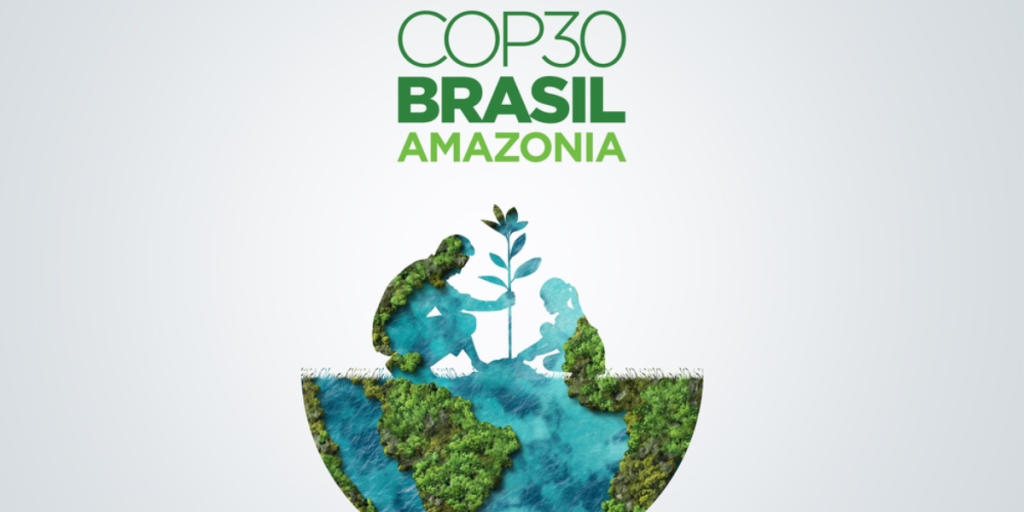Opening in Belém: Climate Talks, Empty US Seat, and a Shrinking Window
Others are reading now
Opening in Belém: Climate Talks, Empty US Seat, and a Shrinking Window
COP30 Opens in a Fractured World
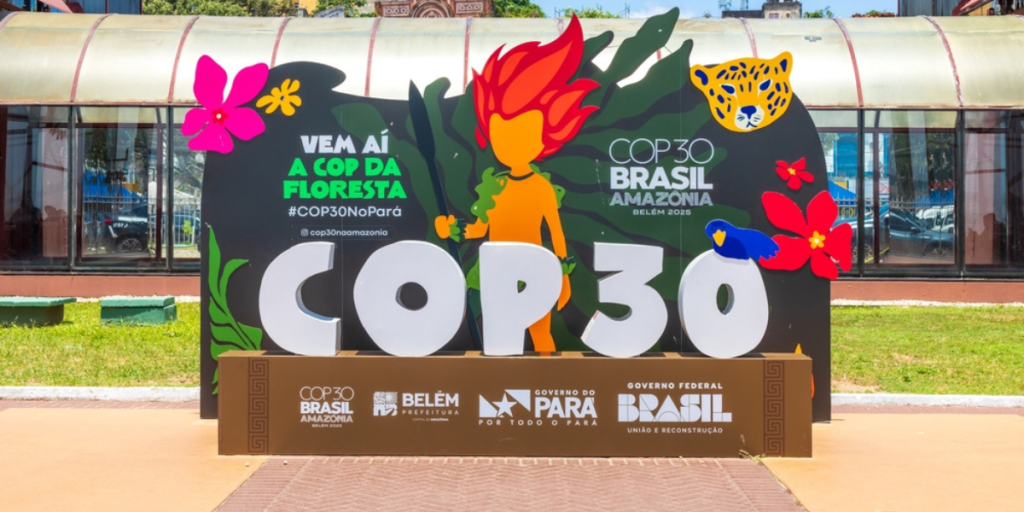
In the Amazon city of Belém, governments from around the globe have gathered once again to confront the climate crisis.
On paper, COP30 is another chance to keep the 1.5°C goal alive, to raise ambition and protect communities already hit by floods, fires and heatwaves. In reality, the talks open under heavy pressure: rising geopolitical tensions, growing mistrust, and the notable absence of one of the world’s biggest emitters.
The question hanging over the summit is simple and brutal: can cooperation survive in a world that is warming fast and splitting politically?
Cooperation Urged, Progress Still Too Slow
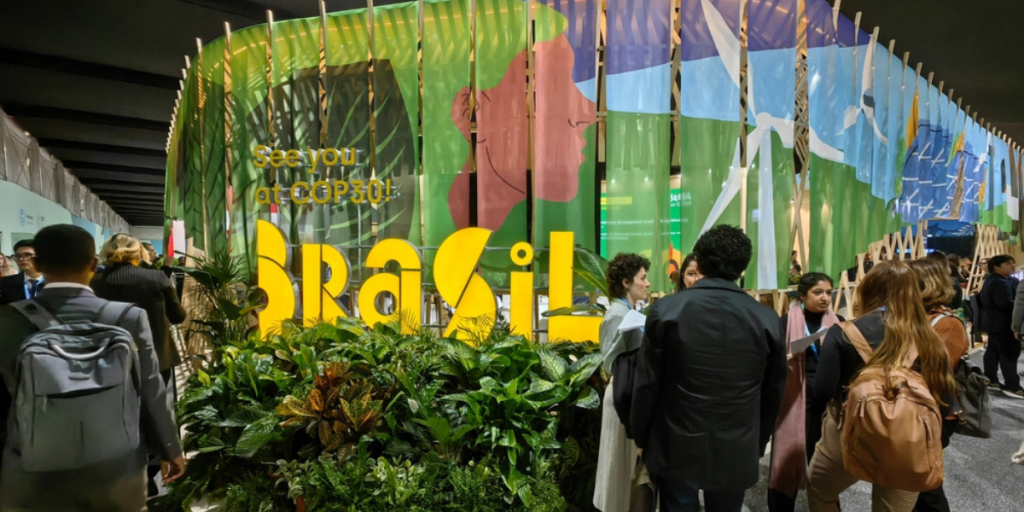
According to Reuters, UN climate chief Simon Stiell used his opening speech to urge countries to stop fighting each other and start fighting the climate crisis together. He reminded delegates that three decades of climate talks have bent the curve of projected warming downward, but warned that “we have so much more work to do.”
Also read
A new UN analysis cited at the summit estimates that, based on current national pledges, global greenhouse gas emissions would fall by roughly 12% by 2035 compared with 2019 levels.
That is an improvement on earlier estimates, but still far short of the 60% reduction scientists say is needed by 2035 to keep warming to 1.5°C.
Brazil, as host, has pushed for a focused agenda and steered contentious themes like climate finance and carbon taxes away from dominating the talks, while some suggest concentrating on practical areas such as ending deforestation.
US Absence, Divided Politics, and Shifting Leadership
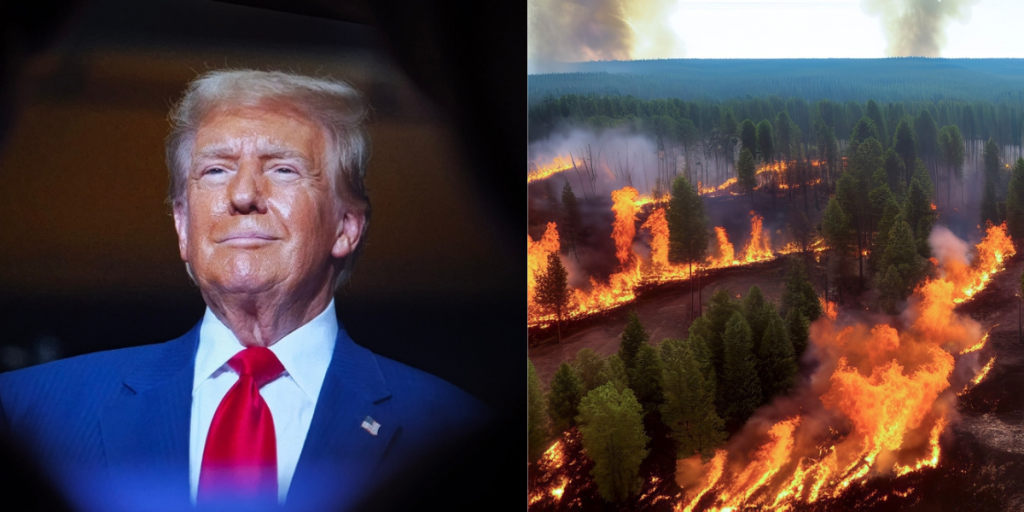
Reuters reports that Brazilian president Luiz Inácio Lula da Silva warned delegates about powerful interests that attack science, universities and institutions to downplay the dangers of climate change, calling for “another defeat” for climate denial.
The United States government chose not to send high-level representatives; Donald Trump has repeatedly claimed climate change is a hoax, and his administration has worked to slow or obstruct international efforts to move away from fossil fuels.
Also read
In contrast, subnational leaders from the US are present: California governor Gavin Newsom and New Mexico governor Michelle Lujan Grisham travelled to Brazil to signal that parts of America remain committed to climate action.
Newsom publicly criticized Washington’s absence, arguing that the US should be engaging closely with Brazil, a key trading partner and major supplier of critical minerals, instead of escalating trade tensions.
European countries, meanwhile, are trying to step into a more visible role, with German officials saying they will push for strong language on reducing fossil fuel use, while stressing a more listening, less confrontational approach than the US federal government.
Indigenous Voices and a Cryosphere in Peril

According to Reuters, COP30 opened with powerful reminders from those on the frontlines. Indigenous leaders from across Latin America travelled thousands of kilometers by boat and land to reach Belém, demanding a stronger say in how their territories are managed as mining,
logging and oil drilling push deeper into forests already stressed by climate change. One leader from Peru emphasized that promises are no longer enough: Indigenous communities are among the first and hardest hit by climate impacts, yet often have the least power in negotiations.
Also read
At the same time, scientists from universities and research institutes released a stark letter warning that Earth’s cryosphere — glaciers, ice sheets and other frozen regions — is destabilizing at an alarming pace.
They urged governments not to let short-term national interests or geopolitical rivalries overshadow the summit, calling climate change “the defining security and stability challenge of our time.”
What We’ve Learned
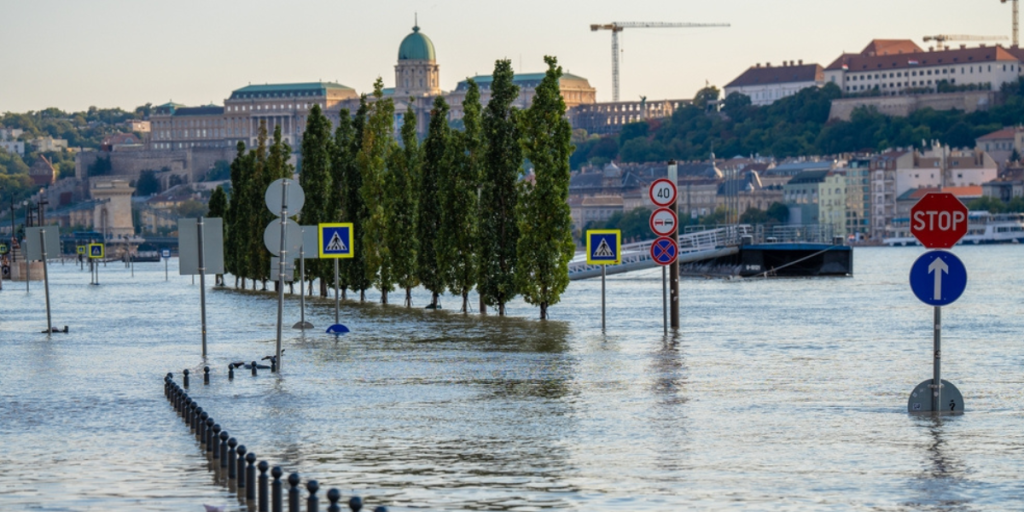
The first days of COP30 reveal a summit caught between urgency and division. On one side, there is clear evidence: current plans still fall far short of what is needed, ice is melting faster, and vulnerable communities are demanding real protection, not just words.
On the other, global politics are strained, a major emitter’s government is absent, and some countries are wary of tackling the most contentious issues head-on. Yet new actors — Indigenous leaders, regional governments, scientists, and developing countries — are stepping forward to fill the gaps and insist that the talks remain focused on the rapidly closing window to act.
Negotiating in a Rapidly Shrinking Window
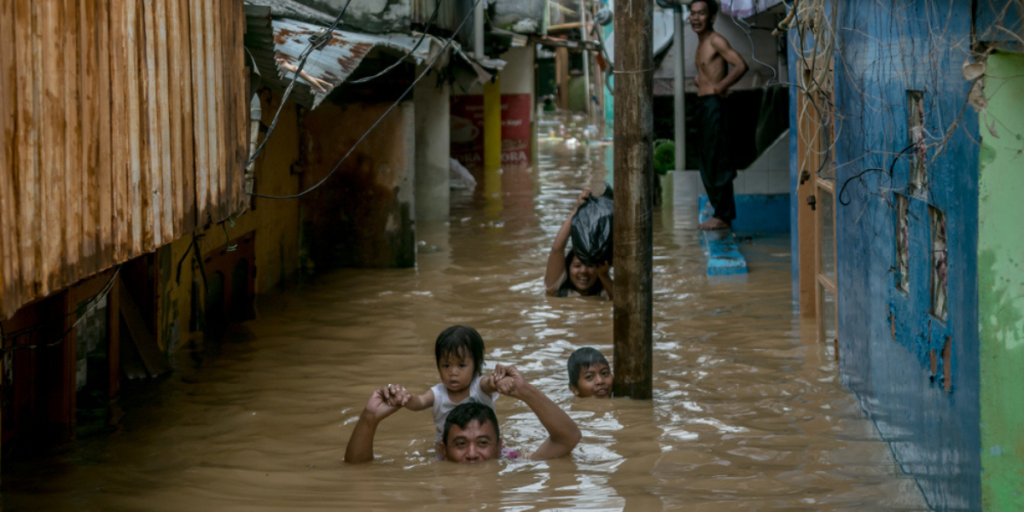
COP30 does not take place in a vacuum; it unfolds in a world already reshaped by heatwaves, storms and slow, relentless sea-level rise. The science is clear, the warnings grow sharper, and the time left to hold the line at safer temperature limits is running out.
Also read
Whether or not the summit ends with a grand, unanimous deal, its real test is simpler: will countries leave Belém having moved faster, listened more deeply to those most affected, and taken concrete steps to close the gap between promises and reality?
In a rapidly heating world, the true measure of success is no longer the length of the final text, but the speed and scale of action that follows.
This article is made and published by August M, who may have used AI in the preparation

